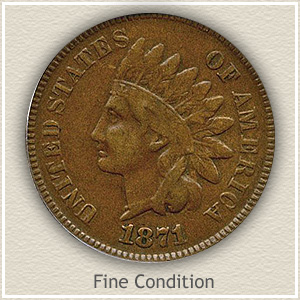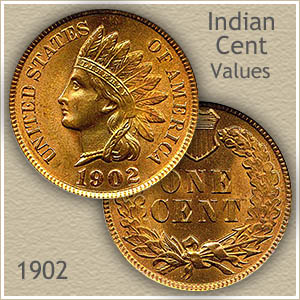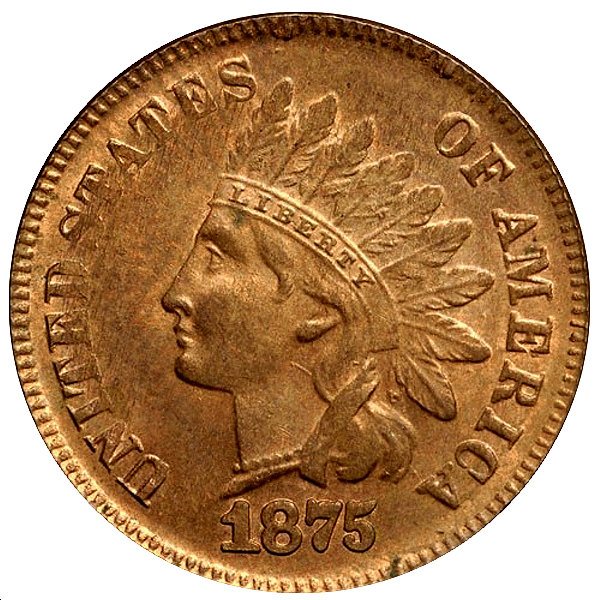Indian Penny

The Indian Head Penny also sometimes referred to as the Indian Head Cent by collectors is a copper coin that preceded the Wheat Penny and Lincoln Penny. Years minted 1859-1909 The front (obverse) of the coin contains the head of Lady Liberty wearing a chieftains headdress sometimes referred to as a war bonnet. Indian Head Pennies The second of the U.S. “small cents,” the Indian Head is one of the most popular U.S. Coins ever struck. The obverse features Liberty wearing a feathered headdress, while the reverse depicts a wreath encircling the words “one cent.” Minted between 1859 and 1909, these popular pennies came in various metals.


.jpg/1200px-NNC-US-1859-1C-Indian_Head_Cent_(wreath).jpg)
Indian Pennywort
Indian Head Penny production for commerce began at the start of 1859 and lasted to 1909. On the 1859 penny the reverse has leaves that almost touch together at the top. On the 1860 to 1909 penny, there is an image of a shield at the top. Indian Head Pennys dated 1859-1864 are made with copper and nickel and when viewed from the side are thick and heavy. In the middle of 1864, it was decided to replace nickel content with tin and zinc along with the copper. For the years 1864 to 1909 the Indian Head Pennys are made of copper, tin, and zinc. When viewing from the side, the tin and zinc coins appear thinner than 1859-1864 coins. Indian Head Pennys are common and were produce in the range of tens of millions per year. The 1909-S has the lowest mintage of any Indian Head Penny. With 1909 being the last year of production for Indian Head Pennys, many people saved the 1909-S Penny in large quantities. So even though the 1909-S has the lowest mintage, there are many of these coins available today for collectors. Comparing the 1909-S to the 1877, there are fewer surviving 1877 Pennys. The 1877 is the second least minted Indian Head Penny and has the fewest surviving examples, which makes it the primary key date of the series. Key dates are 1877,1888 8 over 7.